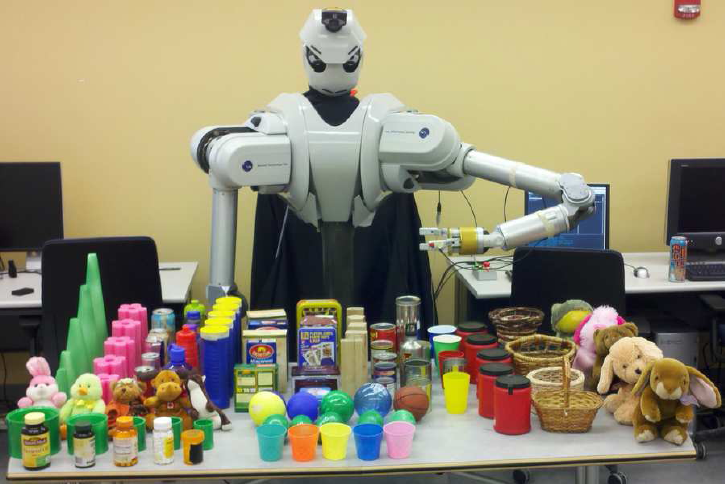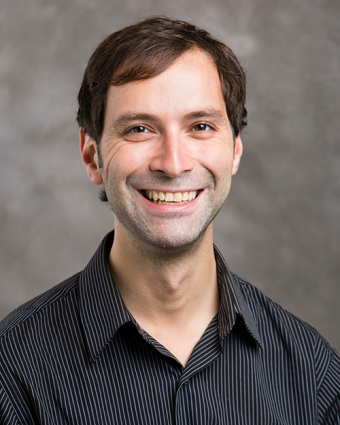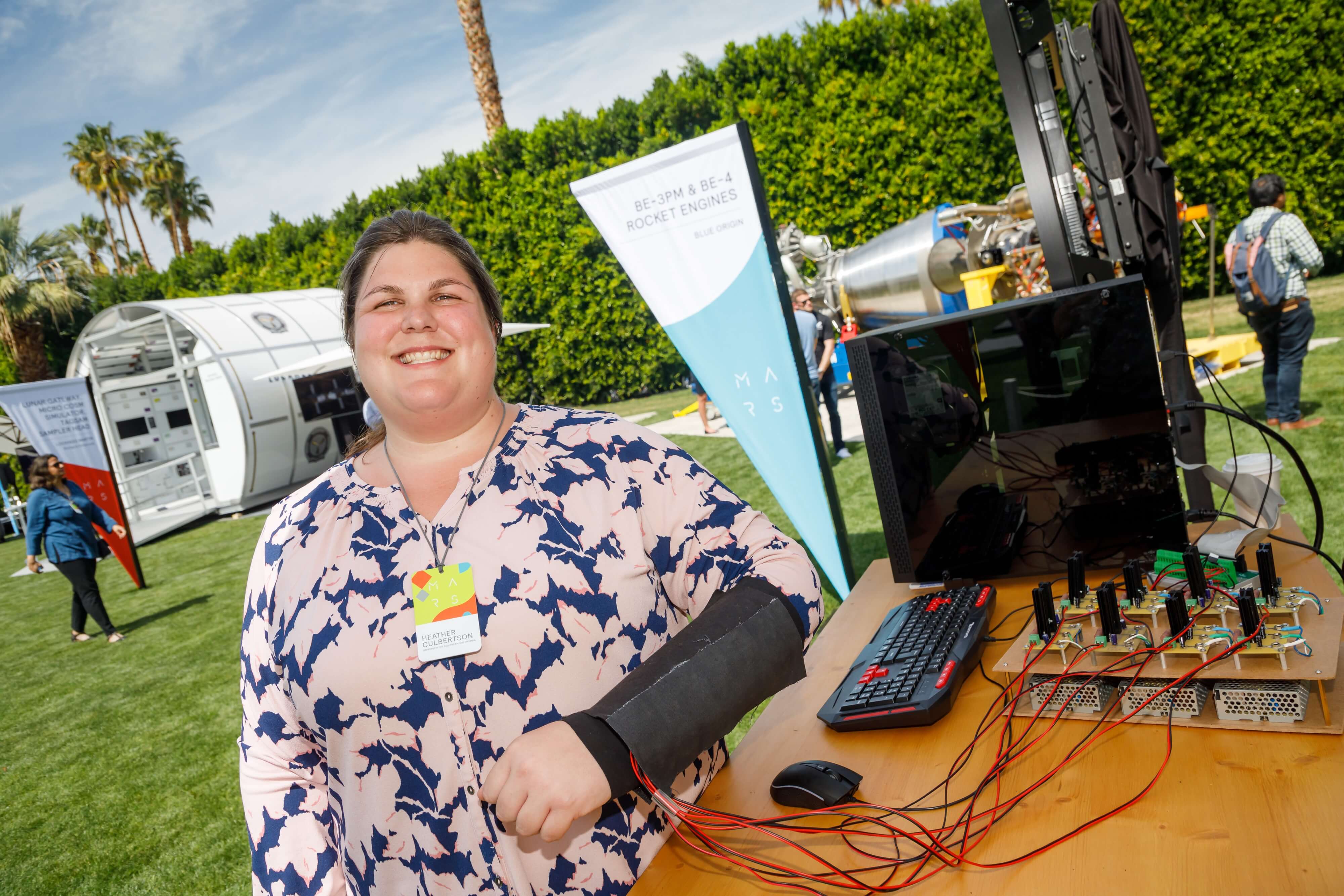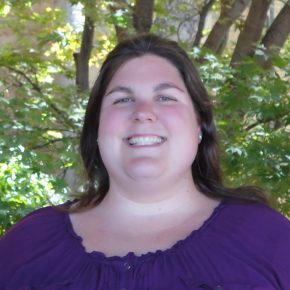Dr. Carolyn Matl, Research Scientist at Toyota Research Institute, explains why Interactive Perception and soft tactile sensors are critical for manipulating challenging objects such as liquids, grains, and dough. She also dives into “StRETcH” a Soft to Resistive Elastic Tactile Hand, a variable stiffness soft tactile end-effector, presented by her research group.
Carolyn Matl
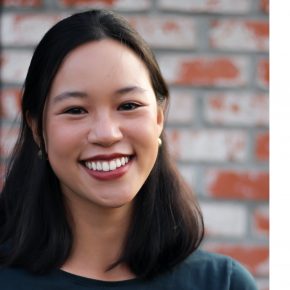
Carolyn Matl is a research scientist at the Toyota Research Institute, where she works on robotic perception and manipulation with the Mobile Manipulation Team. She received her B.S.E in Electrical Engineering from Princeton University in 2016, and her Ph.D. in Electrical Engineering and Computer Sciences at the University of California, Berkeley in 2021. At Berkeley, she was awarded the NSF Graduate Research Fellowship and was advised by Ruzena Bajcsy. Her dissertation work focused on developing and leveraging non-traditional sensors for robotic manipulation of complicated objects and substances like liquids and doughs.
Carolyn Matl’s Related Research Videos
Links
- StRETcH: a Soft to Resistive Elastic Tactile Hand
- Carolyn Matl’s personal website
- Download mp3 (48.7 MB)
- Subscribe to Robohub using iTunes, RSS, or Spotify
- Support us on Patreon
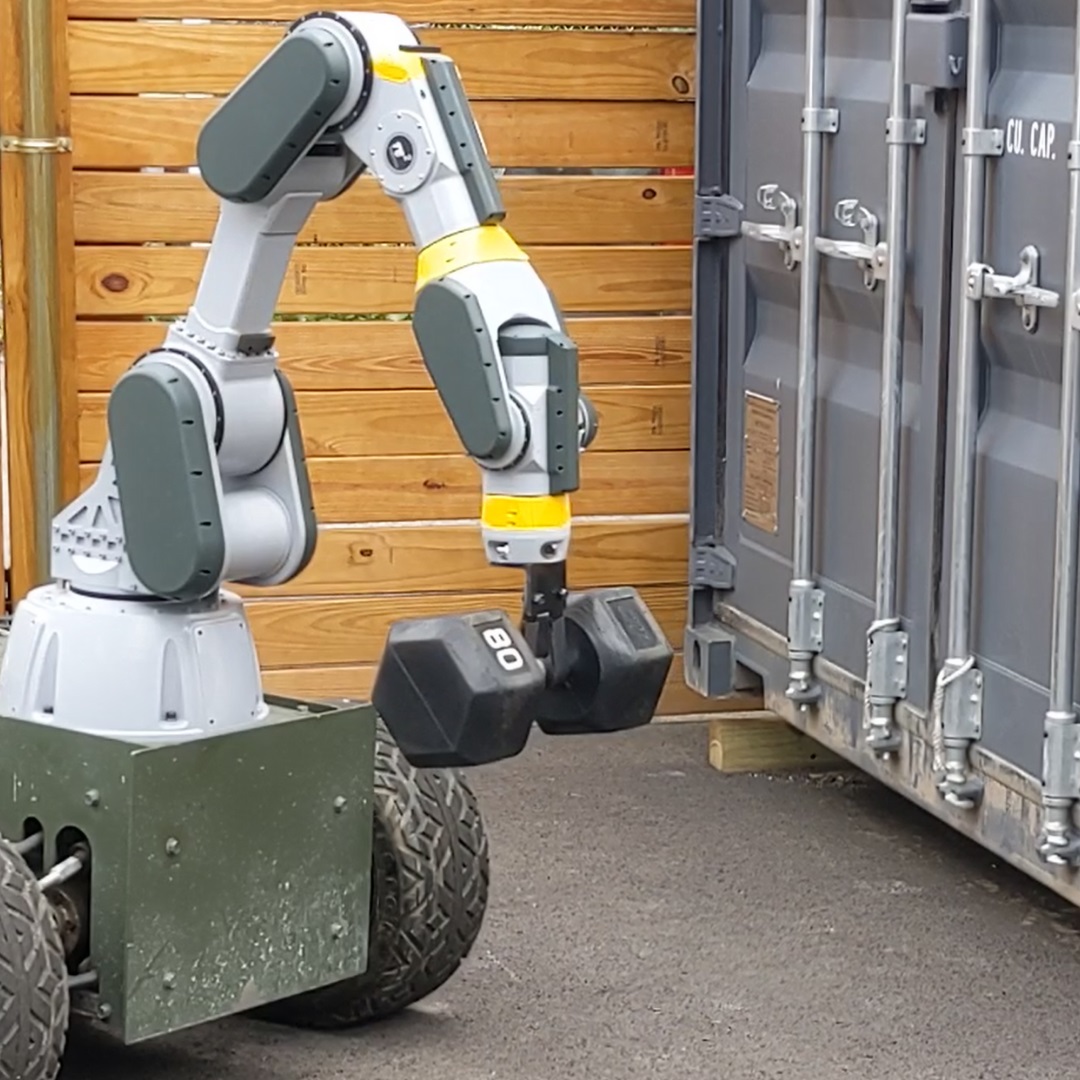
 Travis Schneider, Business Development Manager at RE2 Robotics (RE2), works to foster commercial B2B partnerships with groups interested in leveraging RE2’s robotic technology for applications in a wide variety of markets, including aviation, construction, energy, and medical. With a background in Mechanical Engineering, Travis has an intimate knowledge of many of the fundamentals associated with robotic systems including electromechanical design, motion control, and associated software.
Travis Schneider, Business Development Manager at RE2 Robotics (RE2), works to foster commercial B2B partnerships with groups interested in leveraging RE2’s robotic technology for applications in a wide variety of markets, including aviation, construction, energy, and medical. With a background in Mechanical Engineering, Travis has an intimate knowledge of many of the fundamentals associated with robotic systems including electromechanical design, motion control, and associated software.